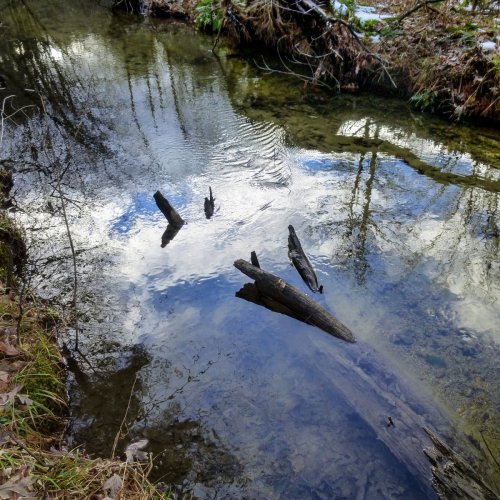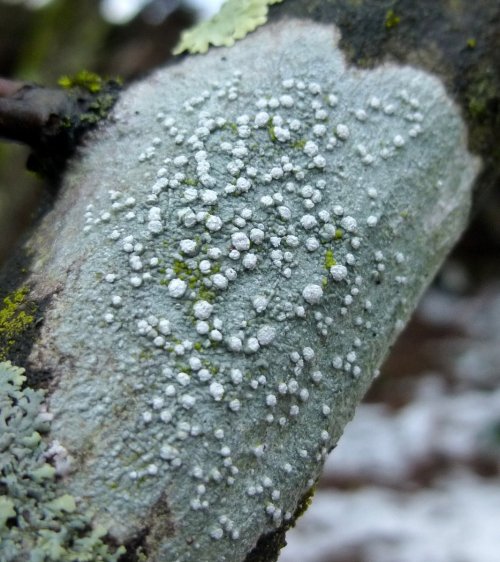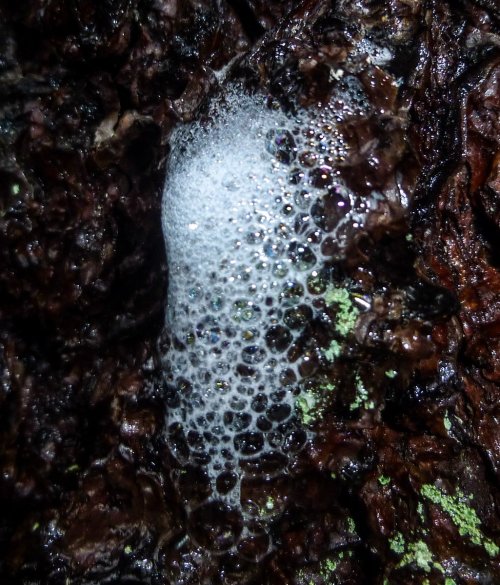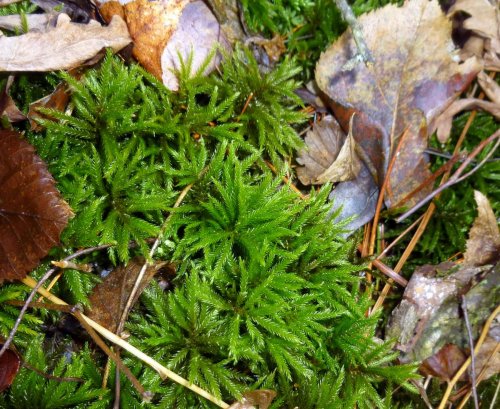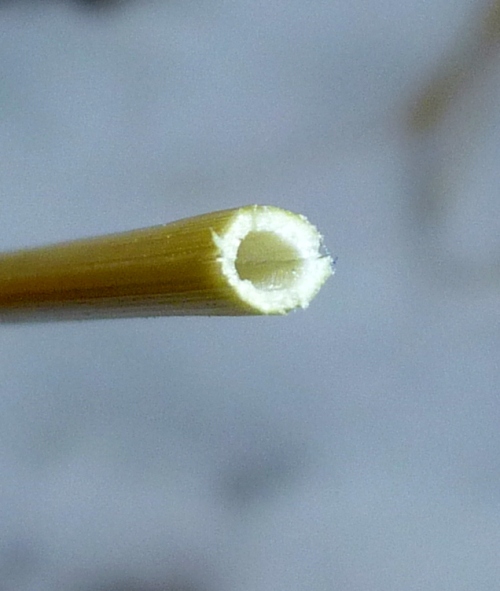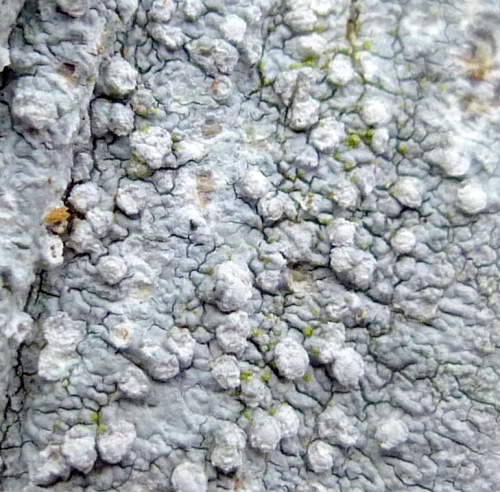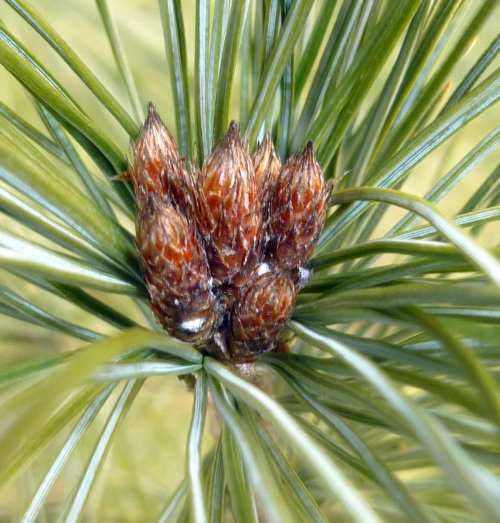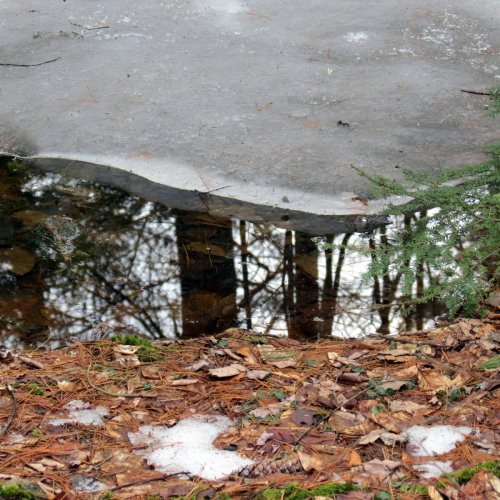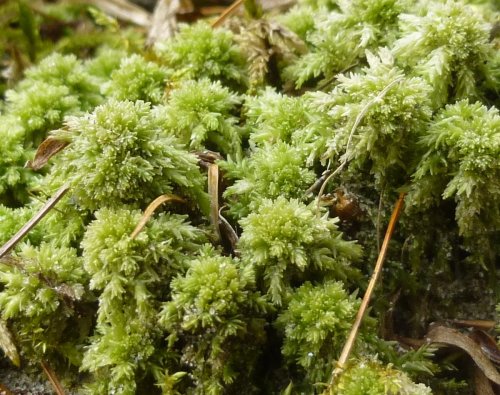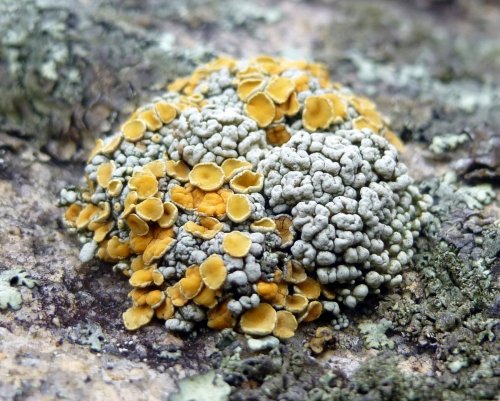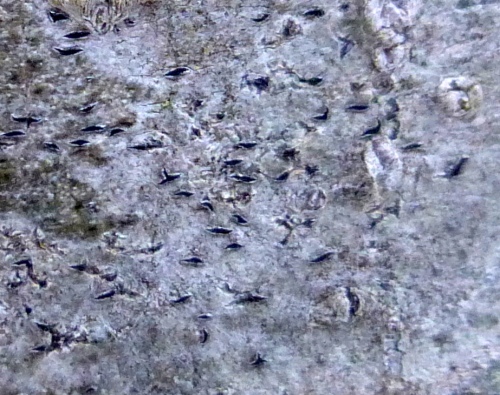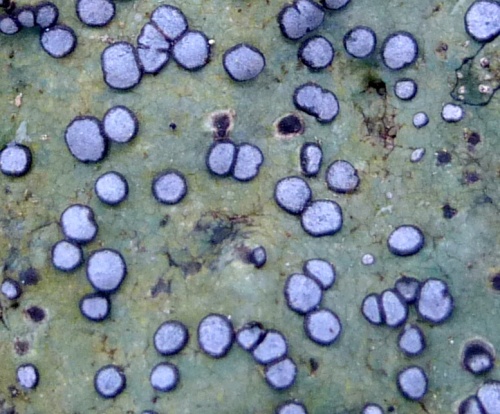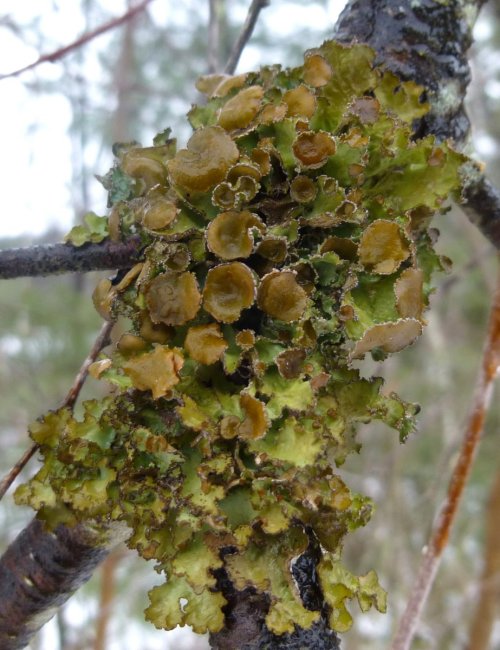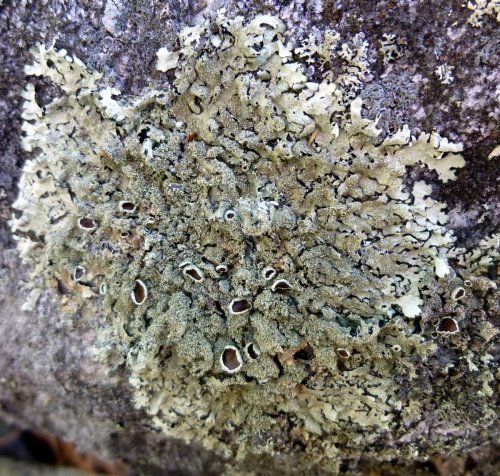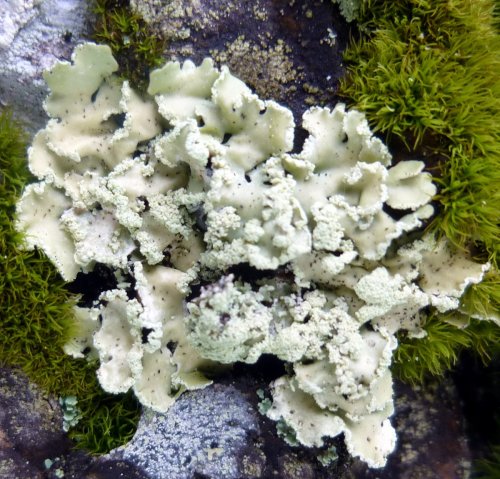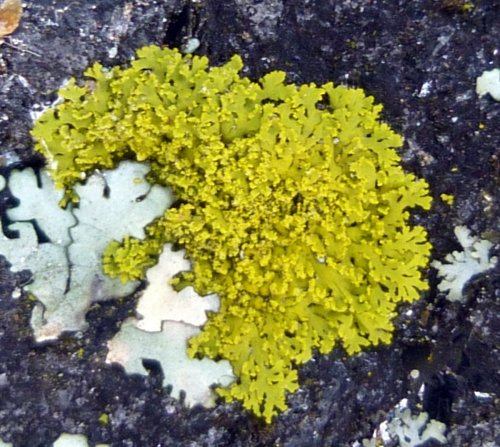There’s a stream near my house that I follow occasionally. It’s not big enough to row a boat up or down, gently or otherwise, but life is often dreamlike when I walk its banks.
It was a warm, rainy day that was more like fall than winter but ice had formed on the logs overnight and remained there in shadier places. I tried to catch all the colors of the rainbow that the sun made in the ice but once again I was less than successful.
When the glaciers retreated they left behind huge amounts of sand and gravel in this area and most stream and river beds flow through it. Many animals drink from this stream and the sand bars dotted here and there along its length are great places to look for their tracks, but on this day the rain had been heavy enough to wash them away.
It’s easy to see why sensitive fern (Onoclea sensibilis) is also called bead fern when you look closely at the shiny black spore cases on its fertile fronds. This fern gets its name from its sensitivity to frost because it’s usually one of the first to brown in the fall. It also likes growing in damp soil and does well along the stream.
It’s not hard to imagine tree skirt moss (Anomodon attenuates) creeping across the bark of its host tree, looking very worm like.
This jelly fungus was the color of Vaseline when I saw it on its limb but somehow the color has changed into a kind of yellow-green-orange in the photos. I was all prepared to tell you I’d never seen it before but now it looks like the common witch’s butter (Tremella mesenterica.) It’s also called yellow brain, golden jelly fungus, and yellow trembler, and is very common in winter.
I couldn’t understand why I couldn’t find script lichens (Graphis) at certain times of year and then I finally realized that they only fruit in late fall and winter in this region, so at other times of year they look like a whitish gray splotch on tree bark. The dark rune like figures are its fruiting bodies (apothecia) and the lighter gray is the body (thallus) of the lichen. There are many different varieties of script lichen, each determined by the shape of its apothecia.
Someday I’m going to find out how releasing their spores at this time of year benefits some lichens. So far I haven’t had much luck.
I’ve only seen bitter wart lichen (Pertusaria amara) once before so I was very happy to find this one growing near the stream on an American Hornbeam (Carpinus caroliniana) limb. The body (thallus) of this lichen is whitish to greenish gray and its fruiting bodies (apothecia) are the whitish “warts” from which it takes part of its common name. The other part of its common name comes from the fact that it is extremely bitter tasting. It seems to prefer the bark of hornbeams because that’s where it was growing both times I’ve seen it. This lichen seems to have a hard time producing spores, which might help account for its rarity.
Foamflowers are native plants that hold their hairy leaves through winter and like growing in damp shaded soil along streams and rivers. Quite often after it gets cold the leaves will turn a reddish color but this year they’ve stayed green.
Many wild grapevines grow along this stream and their fermenting fruit perfumes the air heavily each fall. Their tiny flowers are also very fragrant and can be detected from quite a distance. Grapevines are easy to identify because of the way their bark peels in long strips. These grapes are one of our native vines and are called riverbank grapes (Vitis riparia) because that is where they like to grow. They have been known to survive temperatures as low as -70°F and are used as rootstock for several less hardy commercial varieties. The vine in the photo is an old one, nearly as big around as my leg.
Something made strange marks in this whitewash lichen (Phlyctis argena). This lichen is crusty and tough when dry but softens with rain and is easily damaged. I can’t think of any bug, bird or animal that would have made these marks. They were too thin and shallow for a bear and too high on the tree for a bobcat to have made them. Maybe a falling branch made them on its way to the ground.
For years I’ve seen foam at the base of certain white pine trees (Pinus strobus) when it rains. Sometimes it is in just a spot or two and at other times it nearly circles the entire tree. I’ve tried to find out what might cause it for a long time and finally had some luck at the Walter Reeves website recently. The most plausible explanation says that the “foam is caused by the formation of a crude soap on the bark. During drought there is an accumulation of salts, acids and other particles from the air that coat the bark surface (soap is essentially salts and acids). When it rains, these mix with the water and go into solution. The froth (foam) is from the agitation of the mixture when it encounters a barrier (bark plates) during its flow toward the ground.” That makes sense to me.
If I understand what I’ve read correctly, the deeper channels or galleries seen on this white pine limb were made by the male pine engraver beetle (Ips) and the shallower ones by his harem of females. Eggs are deposited in these shallower galleries and once the larva hatch they create even more galleries. It all ends up looking like some form of ancient script and sometimes I catch myself trying to read it.
Luckily these beetles attack trees that are already damaged or weakened by stress and kill very few healthy trees but still, if you happen to own forested land and have seen evidence of these beetles you would do well to contact a qualified professional forester. A healthy forest is the best defense against bark beetles and many other pests.
Tree moss grew along the stream embankment close enough to the water to be submerged if it rises very much. I’ve seen it flood here several times, high enough to wash over the road. Apparently the mosses and other plants can take it.
From the side the tree moss looked even more beautiful and full of life, as if it was glowing with an inner light. Some plants seem to just throb with the excitement of living, and this is one of them. They’re a true joy to behold.
Our minds, as well as our bodies, have need of the out-of-doors. Our spirits, too, need simple things, elemental things, the sun and the wind and the rain, moonlight and starlight, sunrise and mist and mossy forest trails, the perfumes of dawn and the smell of fresh-turned earth and the ancient music of wind among the trees.~ Edwin Way Teale
Thanks for coming by.
